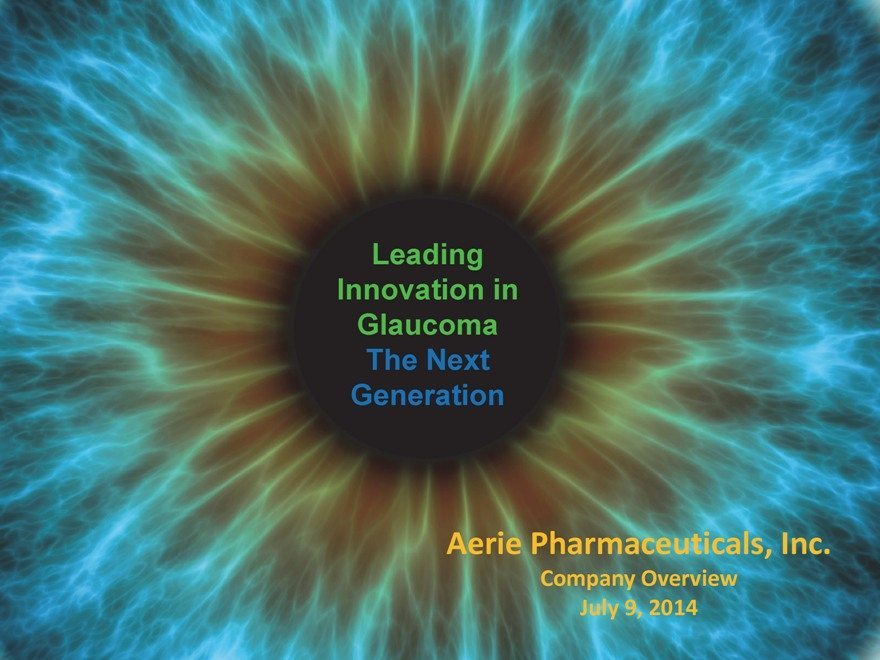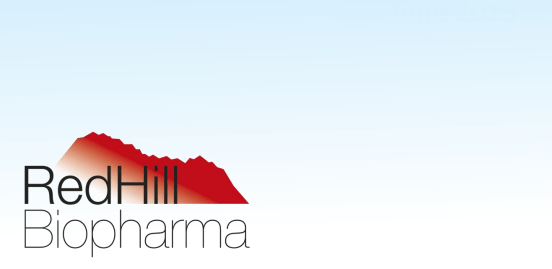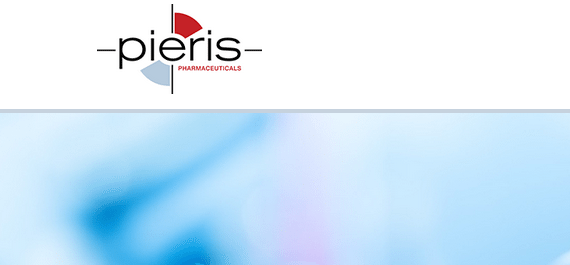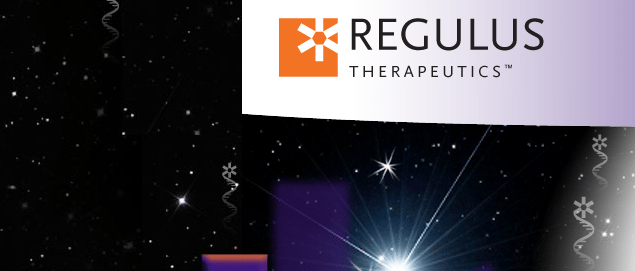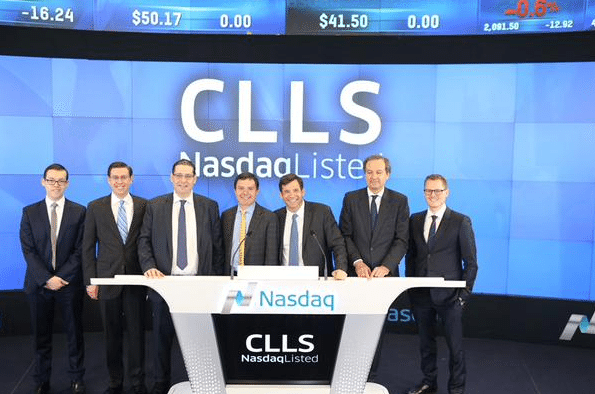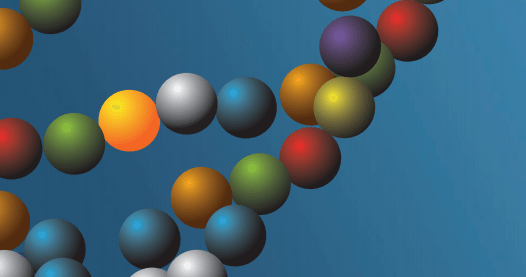On April 23, 2015, Aerie Pharmaceuticals (NASDAQ: AERI) reported that the company had missed its primary endpoint in its phase 3 registration trial for Rhopressa, a novel once-daily triple action eye drop targeted at lowering intraocular pressure in glaucoma patients or patients with ocular hypertension. The trial missed despite the endpoint being nothing more than non-inferiority when compared to a twice-daily treatment of current standard of care timolol, a drug marketed and sold by Oak Pharmaceuticals, Inc., A subsidiary of Akorn, Inc. (NASDAQ: AKRX). On the news, the company’s stock collapsed as investors rushed to reduce exposure to a trial that Aerie executives had played up as being pretty much a sure thing just a couple of weeks before. This week, however, the companies announced that it will be restarting a fresh trial (phase 3) with the same primary endpoint (non-inferiority) but with one key difference. This time around, the study is “to include patients with baseline intraocular pressures ranging from above 20 mmHg (millimeters of mercury) to below 25 mmHg. The former range for the primary endpoint of above 20 mmHg to below 27 mmHg will now represent a secondary endpoint range for Rocket 2.”
So, with all this said, what is the treatment in question, how does it work, and what can we expect from the upcoming trial? Let’s take a quick look.
Rhopressa, as mentioned, is a daily eye drop used to treat ocular hypertension. It works by inhibiting what’s called Rho Kinase, which is a kinase involved primarily in regulating the shape and movement of cells through the cytoskeleton in the eye. By inhibiting this kinase, Rhopressa is able to increase fluid outflow through the structure responsible for fluid drainage in the eye – the trabecular meshwork. Basically, this is a complicated scientific way of saying that the treatment drains fluid and – in doing so – reduces pressure in the eye.
So why are we seeing the share price boost at the moment? Well, markets are perceiving the new and altered primary endpoint as more achievable than the previous failed endpoint. In the previous trial, the treatment demonstrated success in the range that now serves as the primary endpoint that – if demonstrated again – will render the trial successful. This range is 20 mmHg (millimeters of mercury) to below 25 mmHg, compared to the previous range of above 20 mmHg to below 27 mmHg, the latter of which now serves as a secondary endpoint in the trial.
Vicente Anido, Jr., Ph.D., Chairman and Chief Executive Officer of Aerie reported confidently on the announcement, stating:
“We are extremely pleased with the outcome of our communications with the FDA. If Rocket 2 results resemble those of Rocket 1, we believe we may have a much greater opportunity for success in meeting the clinical endpoint of non-inferiority to timolol. We are also very appreciative of the thoughtful guidance provided by the FDA, and believe their feedback will prove very useful as our programs progress. Looking ahead, we expect to commence our next Phase 3 registration trial for RhopressaTM, named Rocket 4, in the third quarter of 2015. Rocket 4 is expected to be established with a primary endpoint range of above 20 mmHg to below 25 mmHg.”
So, with all this said, what can we expect going forward? Well, we will be looking for the results of the upcoming trial to mirror those for the range that achieved success in the first trial. Data released purporting to this success could be the primary driver in Aerie shares over the coming 12 months, and – despite the run-up we have seen over the last 24 hours in the company’s share price – they’re still looks to be an opportunity to buy in at what currently looks like a discount rate. Ocular hypertension is a billion dollar market, and if approved, revenues from the treatment (especially if it can show superiority over current standard of care) could outnumber Aerie’s current market by a factor of two to one. From a technical perspective, $25 flat will likely provide a bit of resistance, but if we get a break above that we could see a run towards yearly highs just ahead of $35 on any positive news.

